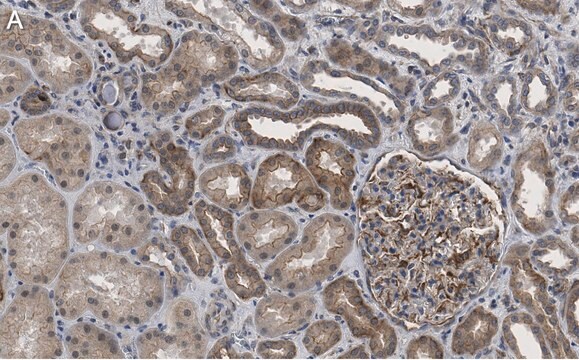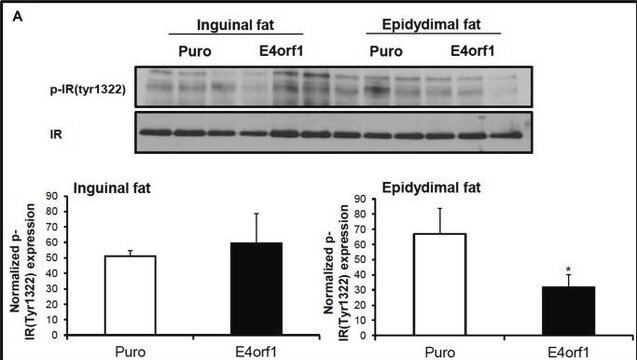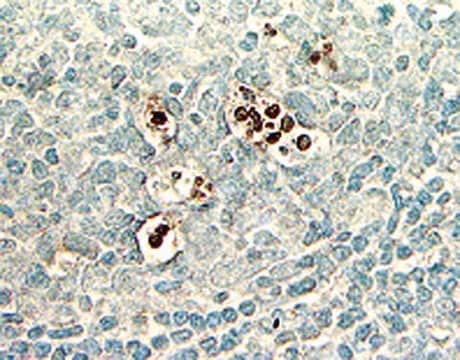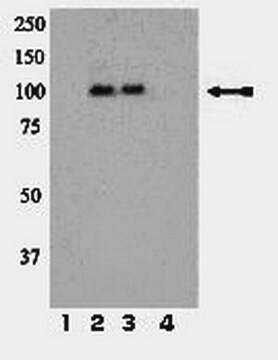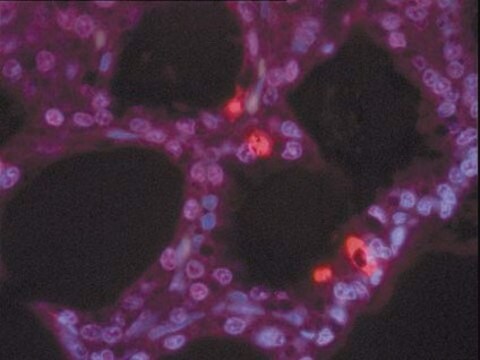04-299
Anti-phospho-Insulin Receptor (Tyr 1150/1151) Antibody, clone 10C3
clone 10C3, Upstate®, from mouse
Sinónimos:
INSR
About This Item
Productos recomendados
biological source
mouse
Quality Level
antibody form
purified antibody
antibody product type
primary antibodies
clone
10C3, monoclonal
species reactivity
human
manufacturer/tradename
Upstate®
technique(s)
activity assay: suitable
western blot: suitable
isotype
IgG1
NCBI accession no.
UniProt accession no.
shipped in
wet ice
target post-translational modification
phosphorylation (pTyr1150/pTyr1151)
Gene Information
human ... INSR(3643)
Specificity
Immunogen
Application
Quality
Target description
Physical form
Analysis Note
Includes pervanadate treated HEK293 lysate as a positive control
Legal Information
¿No encuentra el producto adecuado?
Pruebe nuestro Herramienta de selección de productos.
Storage Class
10 - Combustible liquids
Certificados de análisis (COA)
Busque Certificados de análisis (COA) introduciendo el número de lote del producto. Los números de lote se encuentran en la etiqueta del producto después de las palabras «Lot» o «Batch»
¿Ya tiene este producto?
Encuentre la documentación para los productos que ha comprado recientemente en la Biblioteca de documentos.
Nuestro equipo de científicos tiene experiencia en todas las áreas de investigación: Ciencias de la vida, Ciencia de los materiales, Síntesis química, Cromatografía, Analítica y muchas otras.
Póngase en contacto con el Servicio técnico
